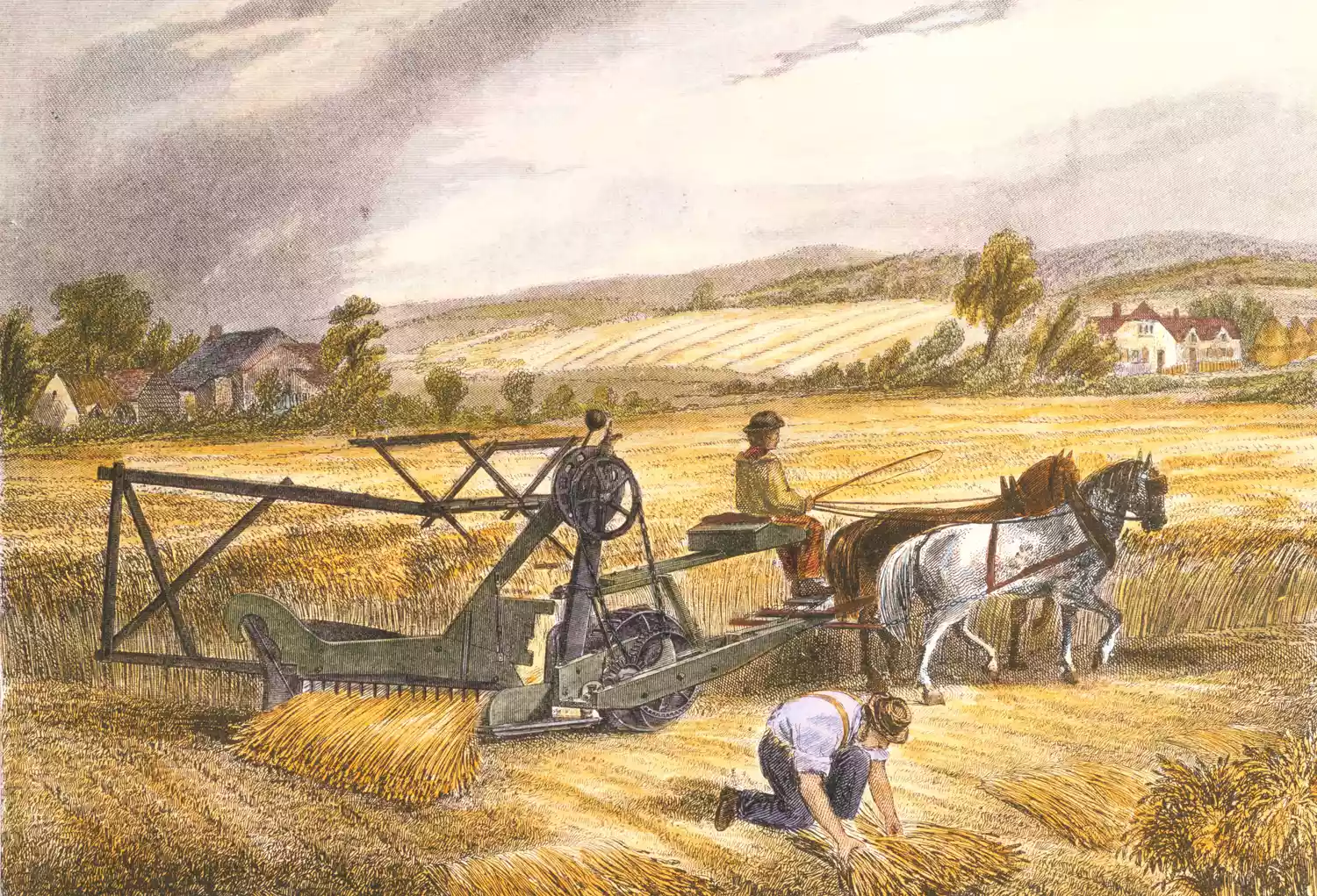Understanding the Costs and Factors Affecting Wheat Cutting Machine Prices in Today's Market
The Impact of Wheat Cutting Machine Prices on Agriculture
The price of wheat cutting machines plays a crucial role in modern agricultural practices, particularly in regions heavily reliant on wheat production
. These machines, essential for harvesting, significantly impact the efficiency of farming operations and, consequently, the overall productivity of the agricultural sector. Understanding the factors influencing the prices of these machines, as well as their implications for farmers, is vital for comprehending the current state of agriculture.Wheat cutting machines, also known as combine harvesters, are at the forefront of mechanized agriculture. They have revolutionized the way wheat is harvested, allowing farmers to significantly increase the speed and efficiency of their operations. However, the cost of these machines can be a considerable investment for farmers, especially smallholders. The prices of wheat cutting machines can vary widely based on several factors, including brand, features, and technology.
One of the primary reasons for the fluctuation in prices is the variety of models available in the market. High-end models equipped with advanced technology such as GPS, automated controls, and enhanced cutting mechanisms can be prohibitively expensive. While these features can lead to increased efficiency and reduced labor costs, the initial outlay can deter many farmers from adopting modern equipment. Conversely, more basic models are available at lower prices but may not provide the same level of productivity or ease of use.
In addition to the model and brand variations, other external factors can influence the pricing of wheat cutting machines. Economic conditions, including inflation rates and currency fluctuations, can directly impact equipment costs. For instance, in times of economic instability, farmers may face higher prices for machinery due to increased manufacturing costs, supply chain disruptions, or changes in trade policies. Furthermore, rising costs of raw materials used in manufacturing can also contribute to increased prices for cutting machines.
price of wheat cutting machine

Seasonal demand is another aspect that affects the prices of wheat cutting machines. During peak harvesting seasons, the demand for these machines skyrockets, often leading to price increases. Farmers looking to upgrade their equipment or purchase new machines may find themselves facing inflated prices due to this heightened demand. Conversely, off-peak seasons may see decreased prices as manufacturers and dealers aim to clear out existing inventory.
The price of wheat cutting machines also has broader implications for agricultural sustainability and food security. High prices may discourage smallholder farmers from investing in mechanization, which is essential for improving productivity and, ultimately, income. This can perpetuate a cycle of poverty in rural areas, where manual harvesting practices are still prevalent. On the other hand, reduced costs for these machines, often driven by technological advancements and increased competition among manufacturers, can make it easier for farmers to adopt modern practices, thereby enhancing their efficiency and profitability.
Moreover, government policies and support can significantly influence machine prices. Subsidies or financial assistance programs aimed at helping farmers purchase modern equipment can ease the financial burden and encourage the uptake of efficient farming techniques. Countries that prioritize agricultural development often implement such policies to promote mechanization and increase overall production.
In conclusion, the price of wheat cutting machines is a critical factor influencing both individual farmers and the agricultural sector as a whole. While high prices can be a barrier to adoption, various market dynamics, technological advancements, and supportive policies can help mitigate these challenges. As the agriculture industry continues to evolve, understanding and addressing the pricing landscape of essential equipment will be crucial in fostering sustainable agricultural practices and ensuring food security for future generations.
Latest news
-
When to Upgrade Your Old Forage HarvesterNewsJun.05,2025
-
One Forage Harvester for All Your NeedsNewsJun.05,2025
-
Mastering the Grass Reaper MachineNewsJun.05,2025
-
How Small Farms Make Full Use of Wheat ReaperNewsJun.05,2025
-
Harvesting Wheat the Easy Way: Use a Mini Tractor ReaperNewsJun.05,2025
-
Growing Demand for the Mini Tractor Reaper in AsiaNewsJun.05,2025
